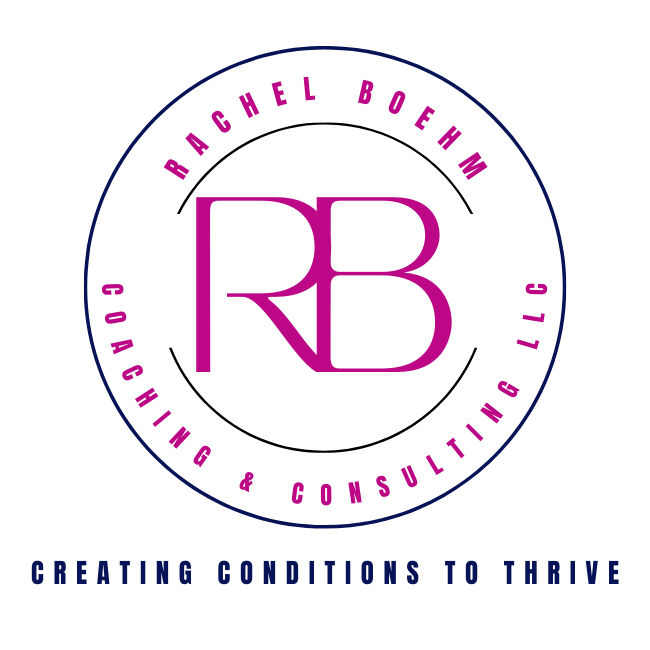Unfortunately, sacrificing our own wellbeing to support everyone and everything else has become so common it seems normal, even required. This is costing us mentally, physically, emotionally, and even financially.
When we don’t invest in our well-being, we increase our risks for burnout, anxiety, depression, musculoskeletal pain, metabolic disease, decreased critical thinking, slower response times, poor sleep…the list goes on. And when any of these occur our work performance suffers, costing us time and money.
Think about it. Ever had to run a conference call or presentation while hangry or sleep-deprived? You know that it’s harder to focus and be on top of your game. Have you ever felt, well, nothing? Or cynicism towards your job? Or a stress headache, and still had to muster the creativity and energy to respond to more emails, take more calls, and complete deliverables?
Ever had to come home after a day like that and be “on” for your family?
If you don’t invest in yourself, you cannot be at your best in work or non-work situations. The effects of that ripple across your lives and the lives of those around you. It may seem like you don’t have time to put towards acts self-care. But you do. And you must. Self-care is self preservation. The whole self: your mind, body, work, community…it’s life preservation.
Research is clear that women who consistently invest a few minutes per day in their self-care improve their well-being and performance. Even women who began consistently using a basic skincare routine reported improved quality of life. They reported more energy and greater self-worth.
To start investing in yourself, here are a few actions to take:
1) Pick one thing.
There are countless ways to practice self care. Many might appeal to you. However, if you already feel strapped for time, trying to add a bunch of new actions will add to your stress. Even if those actions are labeled self-care.
So pick one to start with. Build that habit, and then when it becomes routine enough, you can add another.
Now if you feel like you need to have some variability, you can make your commitment to yourself more general and vary the actions. For example: Every morning, I will do 2-minutes of mindfulness work. Somedays that could be seated meditation or breathing meditations, or loving-kindness meditations, some days it could be journaling, or coloring, or listening to soothing music, or stretching. You get the idea.
2) Schedule it.
Put it in your calendar. Do your absolute best to hold that appointment sacred. Even if you do have to move it, you are more likely to reschedule rather than cancel if the appointment is in your calendar.
3) Track it.
Observe how you feel overtime. How is this new routine making you feel? Better? Worse? No change? More energy? Improved self-worth? Stressed? If it’s helping, that’s great. If it’s not, change it. It doesn’t mean you failed. It means you are still experimenting with what’s right for you.
Finally, if you aren’t sure where to start, look at what you’re currently doing. What simple shifts can you make? For example, many clients have told me that by switching from their current skincare products to ours, they have more confidence. Not only because the products feel better to use because they are higher quality, but because they are seeing improved results. This makes them feel more confident about their outward appearance, which improves their confidence on the inside.
The great thing is, this switch didn’t add any time or extra work on their part. They simply changed the tool they were using.
What will you try first to help you invest in you while you are busy investing in others?
LET ME KNOW! You can text me here.


